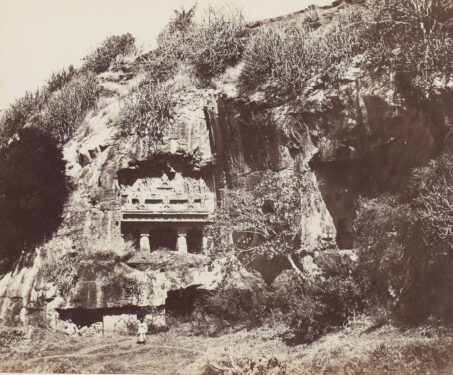

Singing pillars, living rocks & posh pineapples – Architecture of the Deccan
How medieval Deccani architecture evolved to encompass such a range of marvels, from monolithic cave monasteries to Dravidian temple art to Indo-Islamic minarets

How medieval Deccani architecture evolved to encompass such a range of marvels, from monolithic cave monasteries to Dravidian temple art to Indo-Islamic minarets
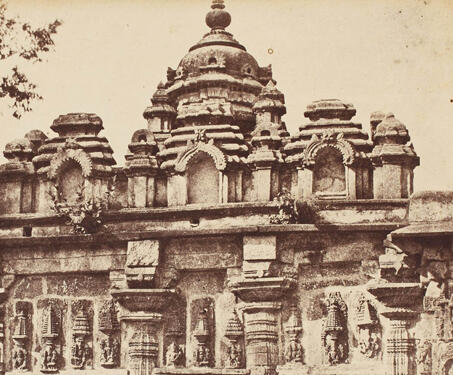
This photograph from the ‘Architecture in Dharwar and Mysore’ was taken by Dr. A.C.B.Neill in 1856. Pictured here is the ‘Andal Temple’ of the Belur temple complex in Karnataka. It is also known as ‘Shaumyanayaki’ or ‘Ranganayaki’ Temple as per the presiding deity. Th temple is located north-west of the Keshava Temple, and Dravidian style… Read more »
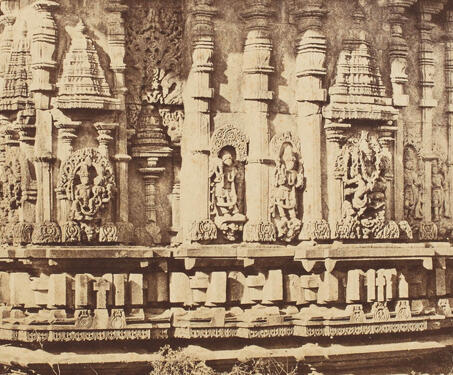
This photograph from the ‘Architecture in Dharwar and Mysore’ was taken by Dr. A.C.B.Neill in 1856. Pictured are the incomplete facets of the adhisthana (temple base) and the bhitti (wall) of the temple. The Chennakeshava Temple complex in Belur consists of several smaller shrines and monuments constructed by several kings over the centuries. According to James Fergusson, it was… Read more »
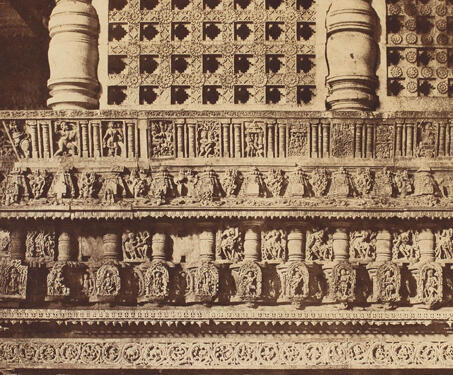
This photograph from the ‘Architecture in Dharwar and Mysore’ was taken by Dr. A.C.B.Neill in 1856. Pictured here is the outer wall of the pillared hall of the temple. The photographer has finely captured the carved rows and niches of the adhisthana (temple base), jali vatayana (netted wall), and the pilasters on the bhitti (body/wall) of the temple. The adhisthana (temple… Read more »
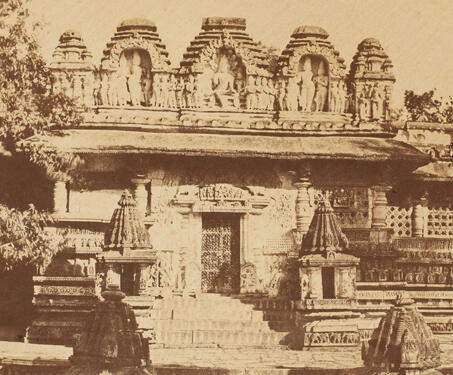
This photograph from the ‘Architecture in Dharwar and Mysore’ was taken by Dr. A.C.B.Neill in 1856. The temple identified here is the Chennakeshava temple in Belur, Karnataka. The photograph shows the entrance to the temple flanked by small subordinating shrines on either side of the stairway. The topmost structure consists of five devakoshtas (niches) with divinities inside. … Read more »
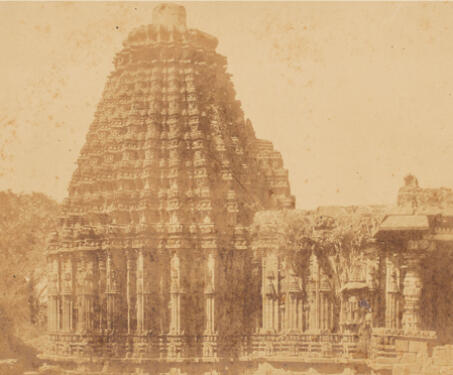
This photograph from the ‘Architecture in Dharwar and Mysore’ was taken by photographer Dr. William Henry Pigou in 1856. The temple identified here is the Chalukyan Doddabasappa temple built in the 12th century and is located 20kms away from Gadag city in Karnataka. Incorrectly captioned as a Jain temple by the photographer/publisher, the temple is dedicated… Read more »
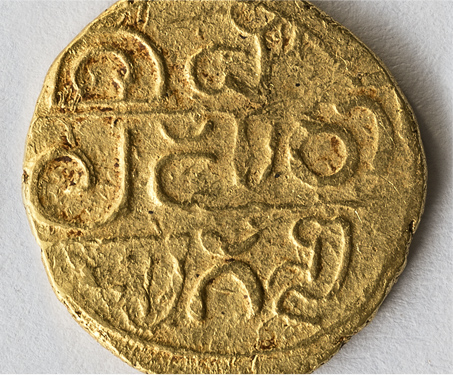
The Hoysalas are perhaps best known for the beautiful works of architecture and sculpture they left behind. A Kannadiga empire that ruled areas of southern Deccan and the Cauvery valley between the 11th and 14th centuries CE, their origins have been traced to a group of hill-dwellers hailing from the region near present-day Halebid. Legend… Read more »